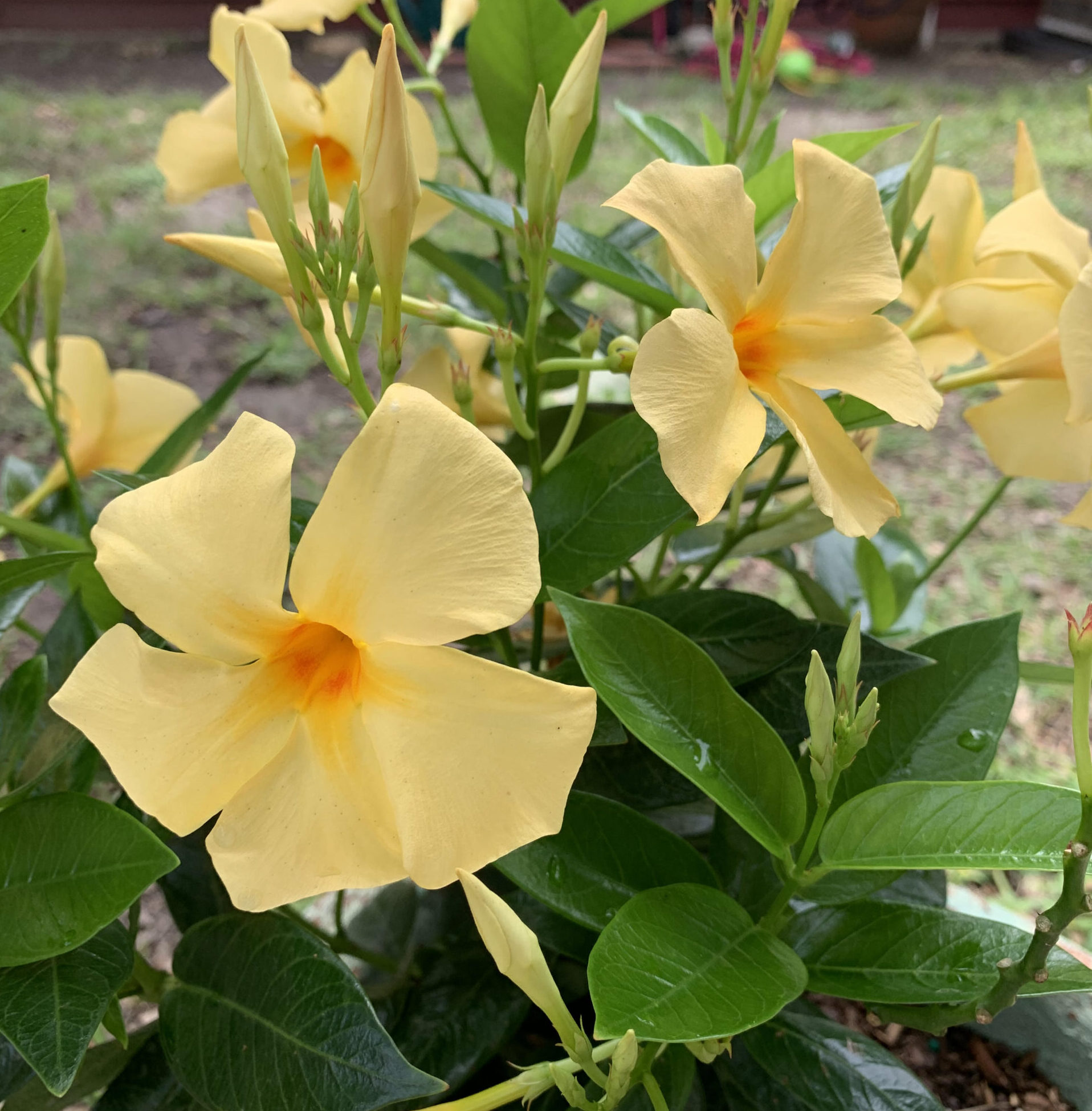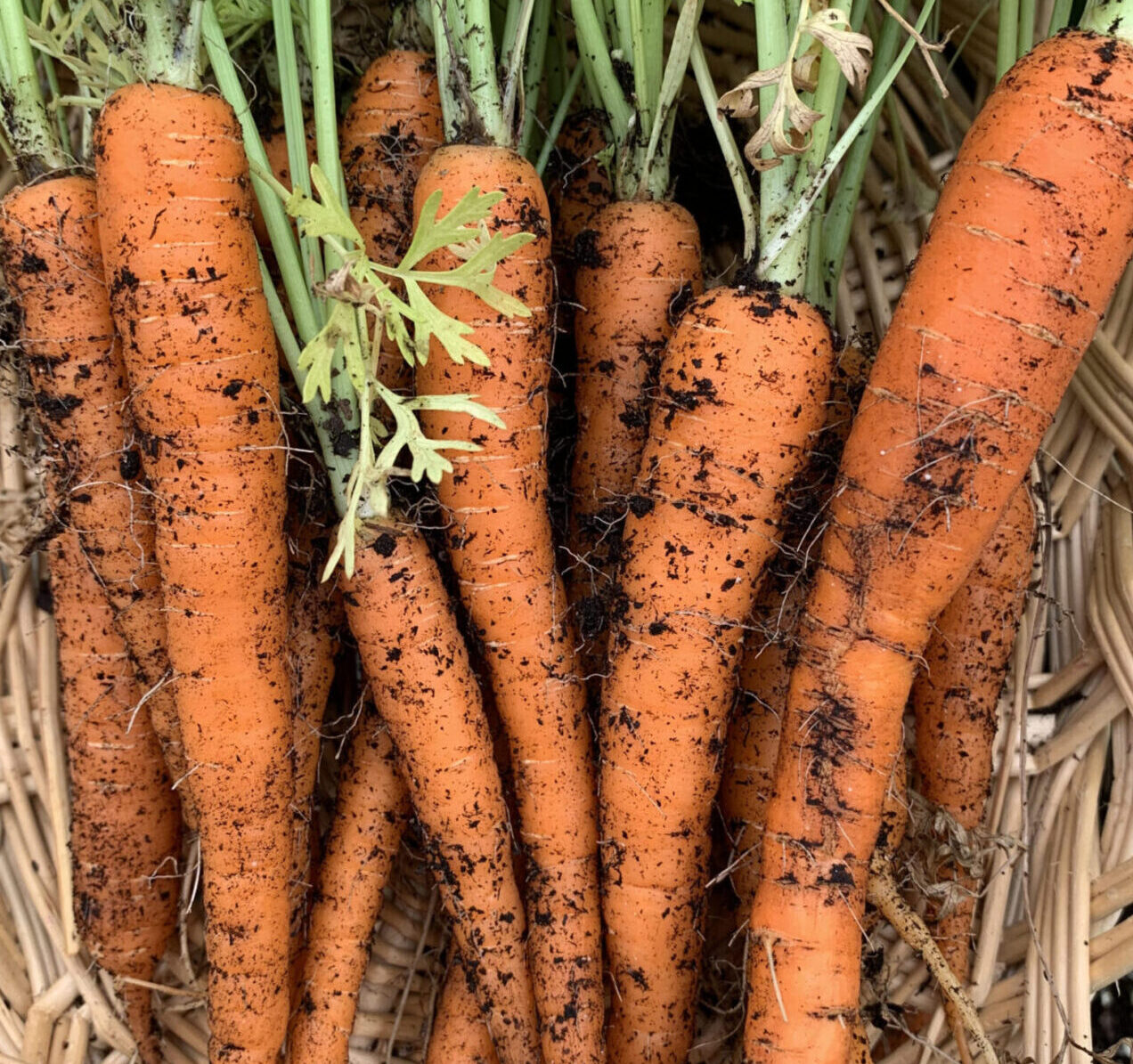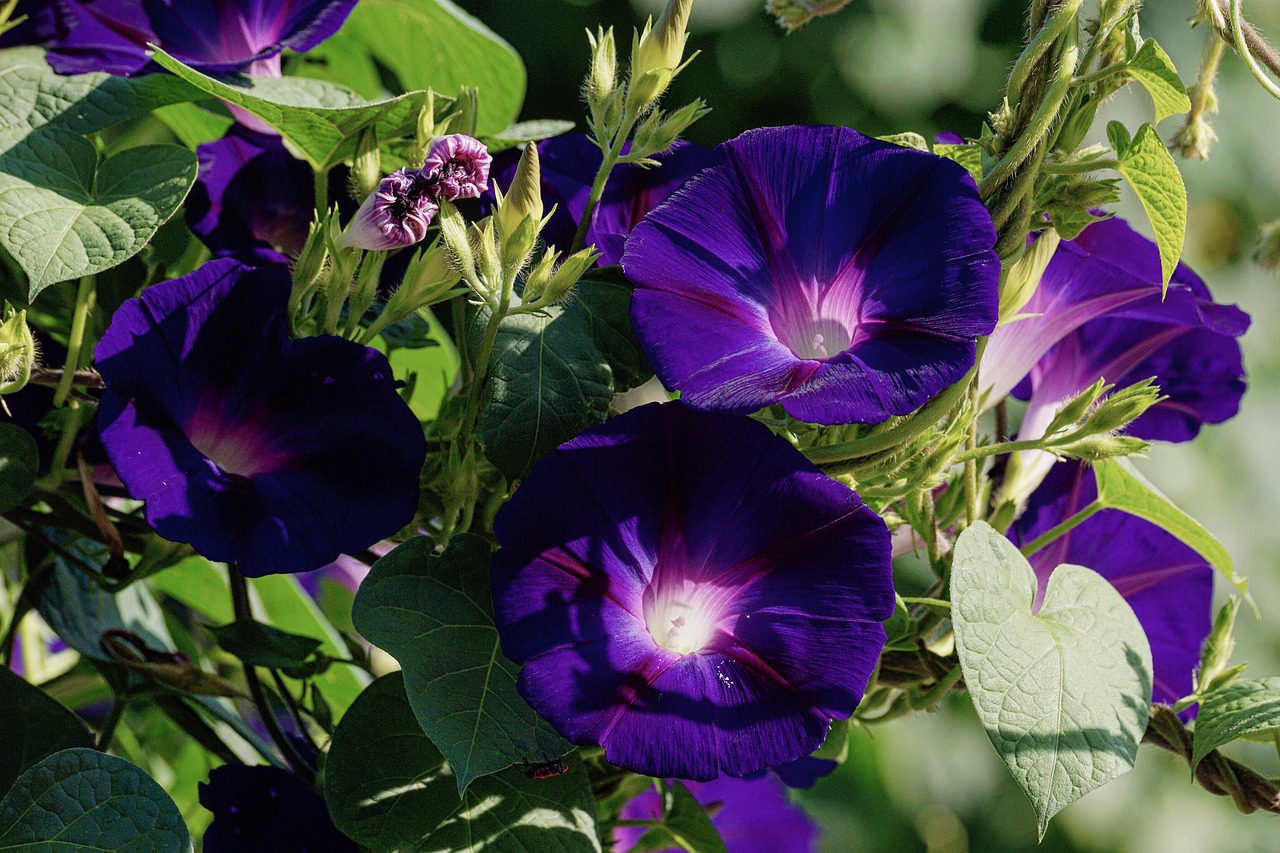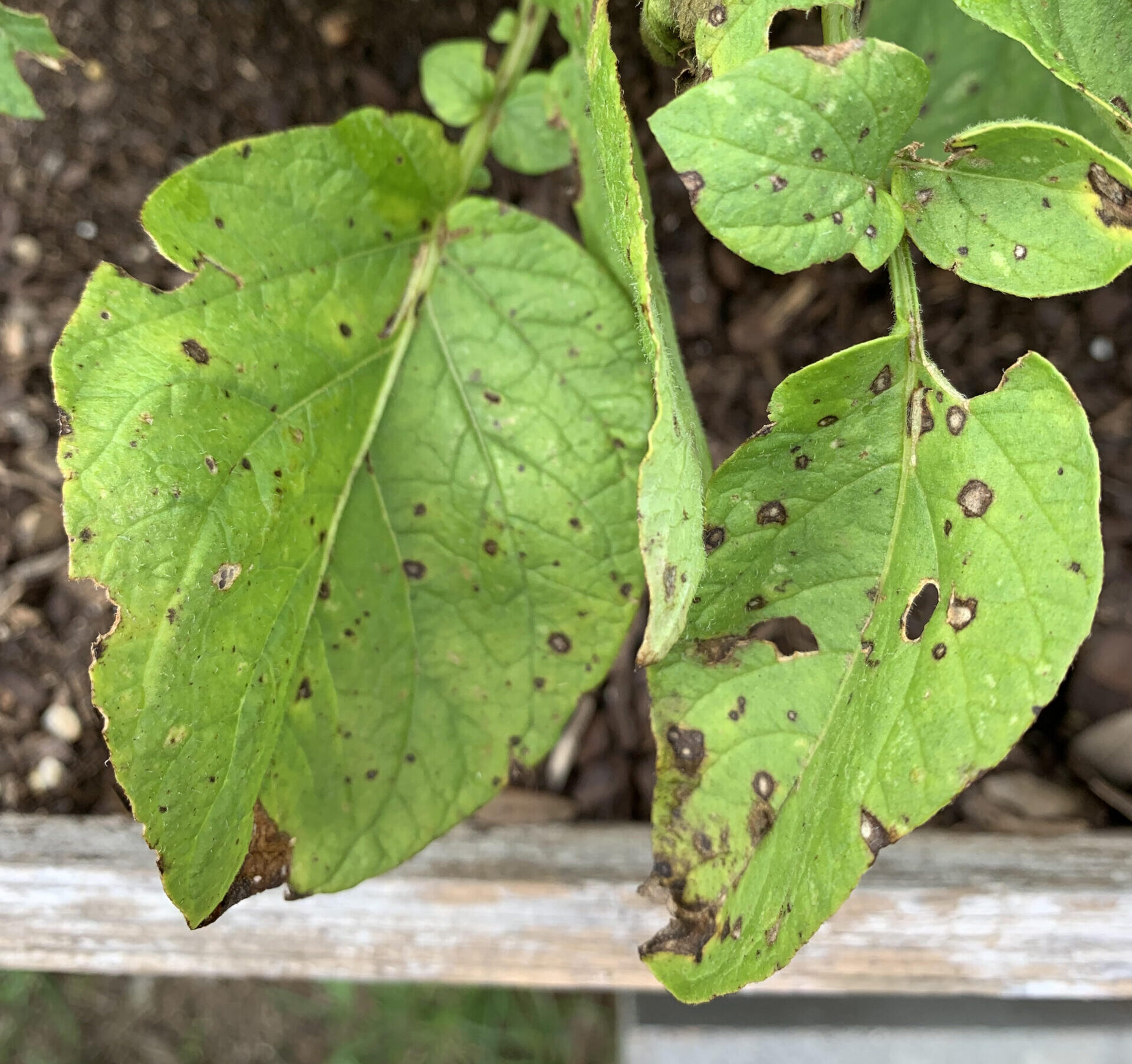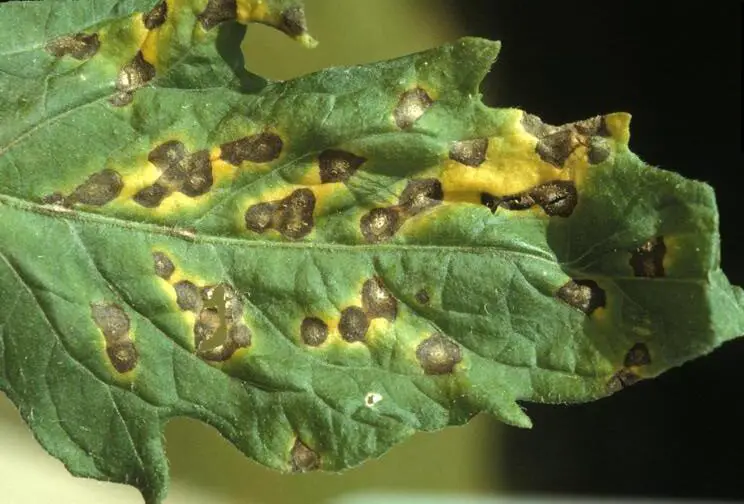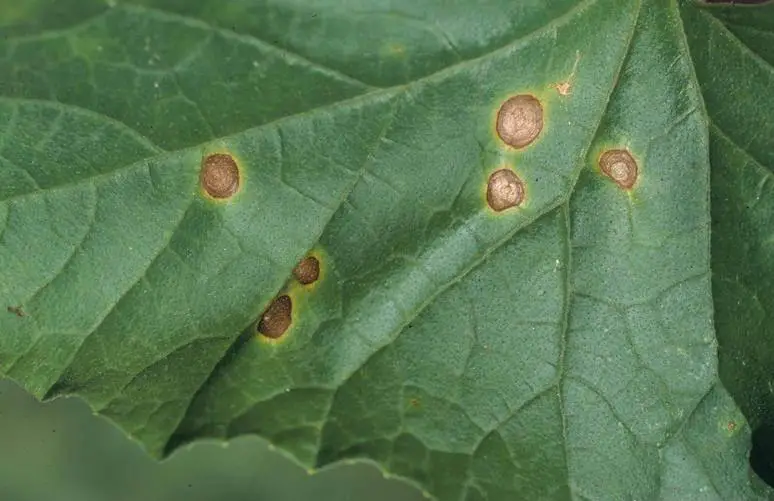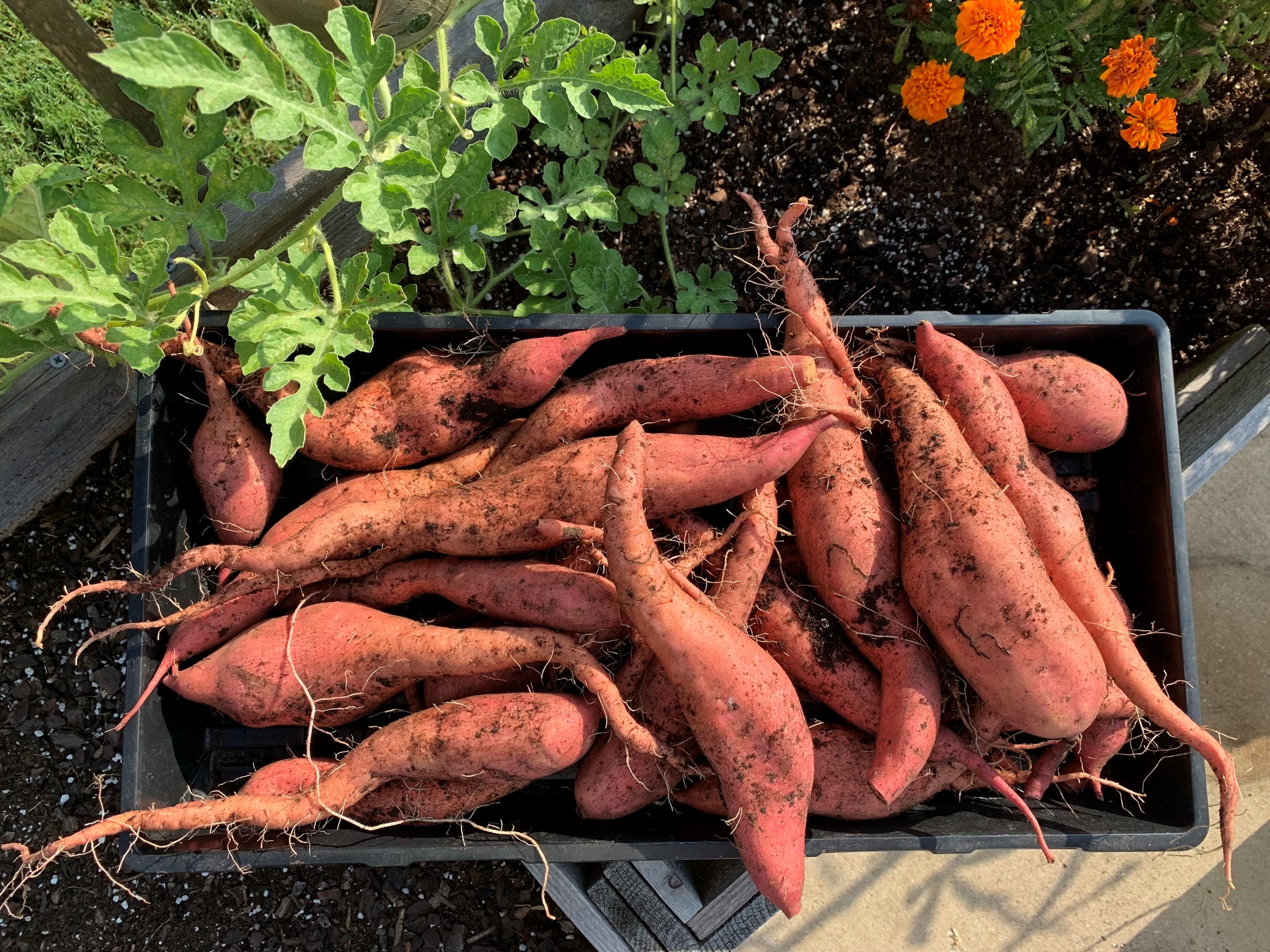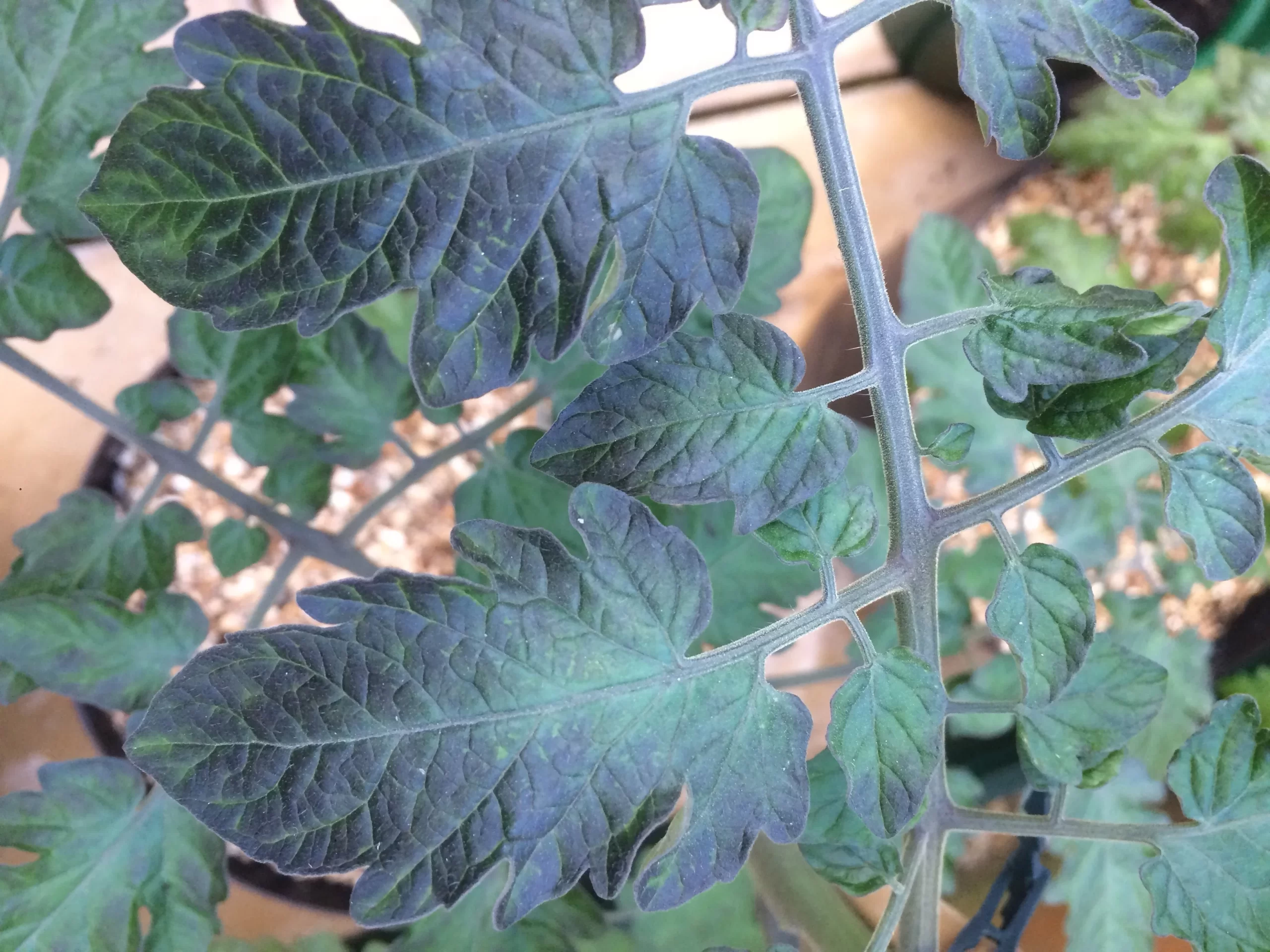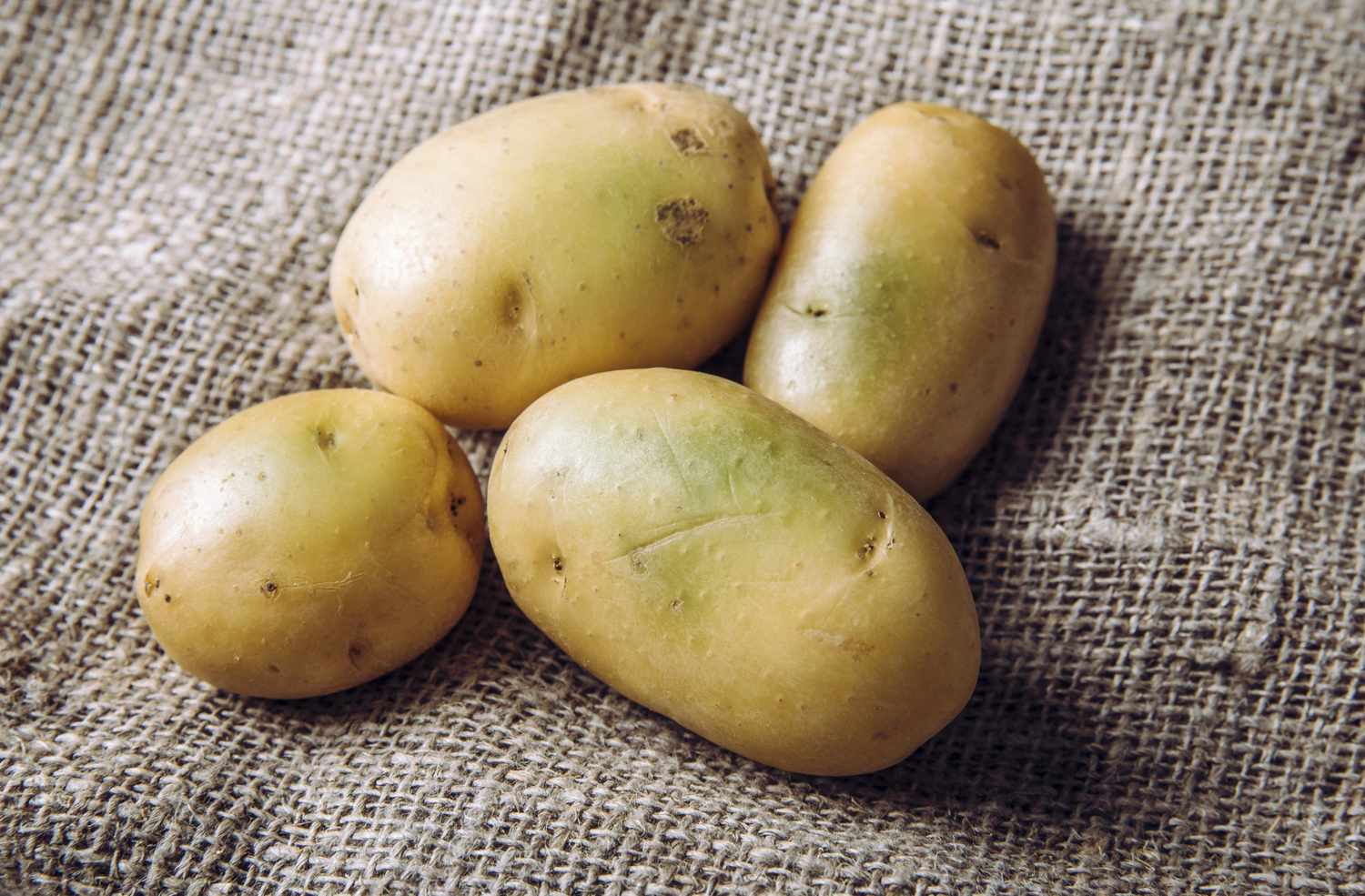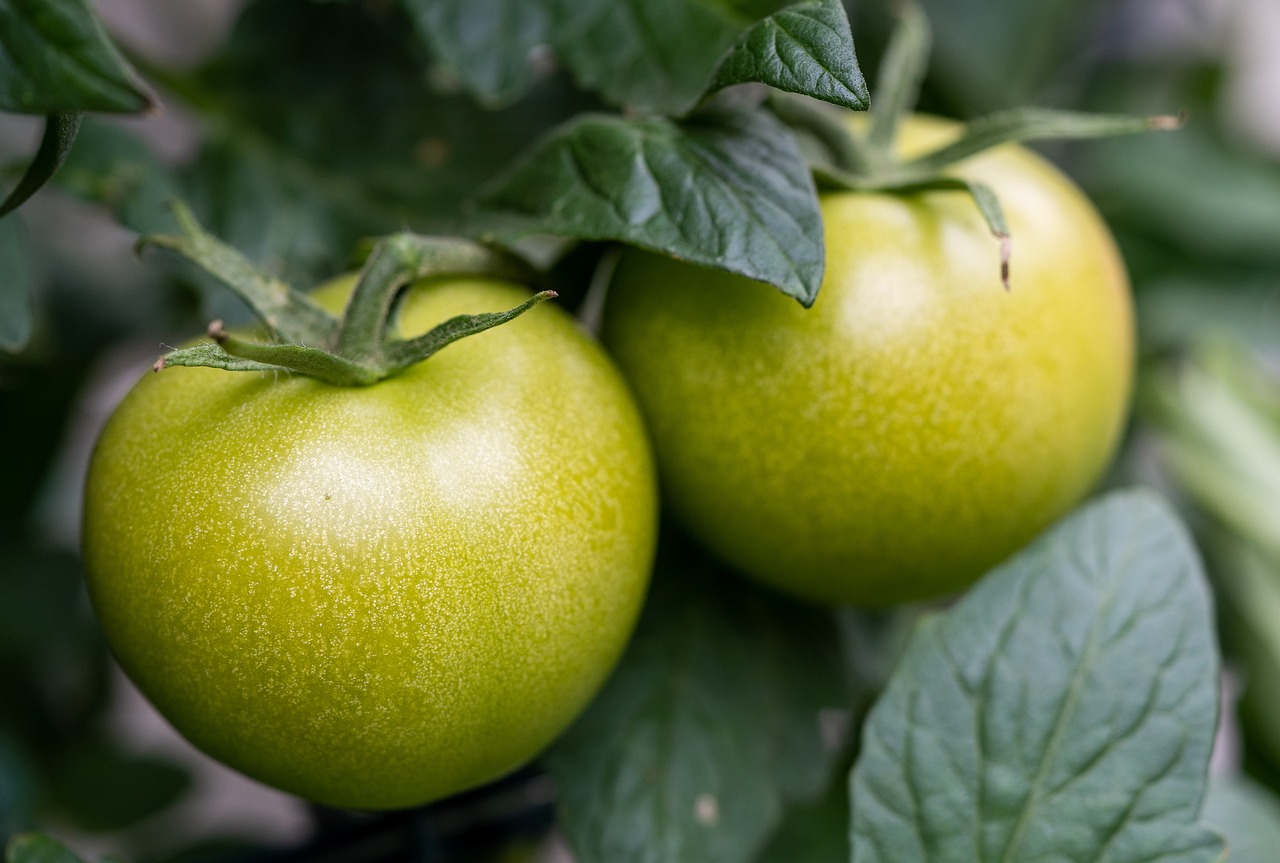How to Grow Tropical Mandevilla
Mandevilla is a tropical plant that boasts beautiful, trumpet-shaped flowers. Also known as a rocktrumpet, the plant is a magnet for pollinators such as hummingbirds, butterflies, and bees who are drawn to its delectable nectar. Mandevilla varieties include both mounding and vining types. Create a garden focal point by providing…
